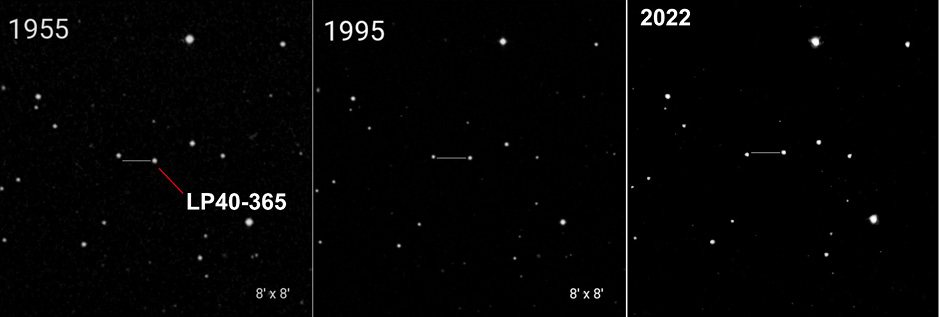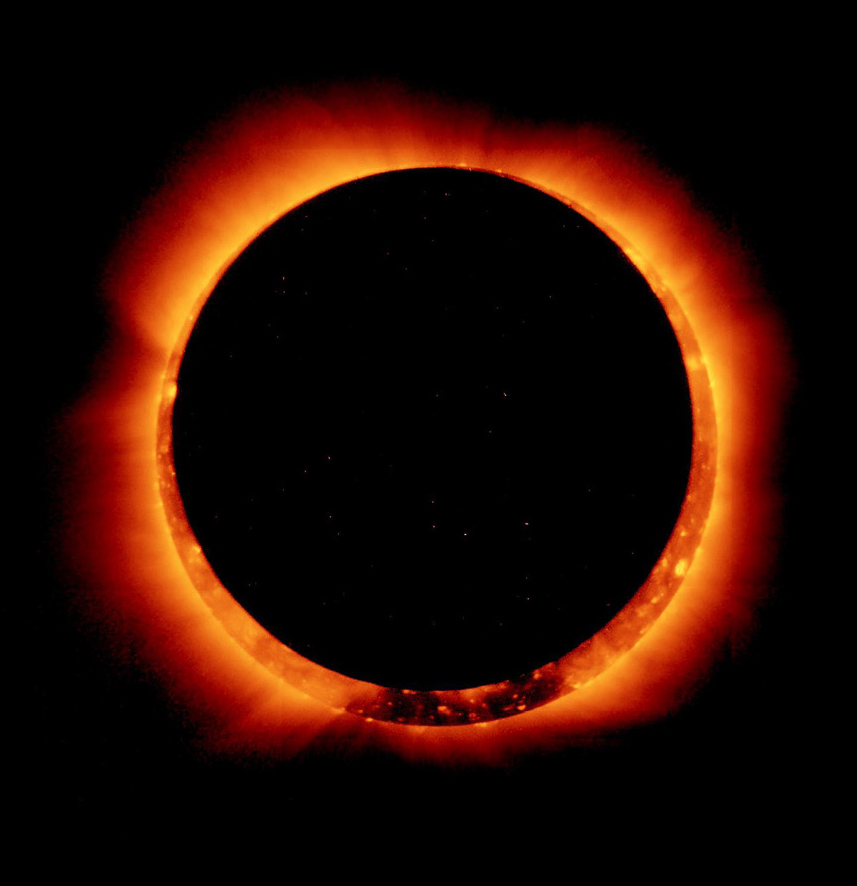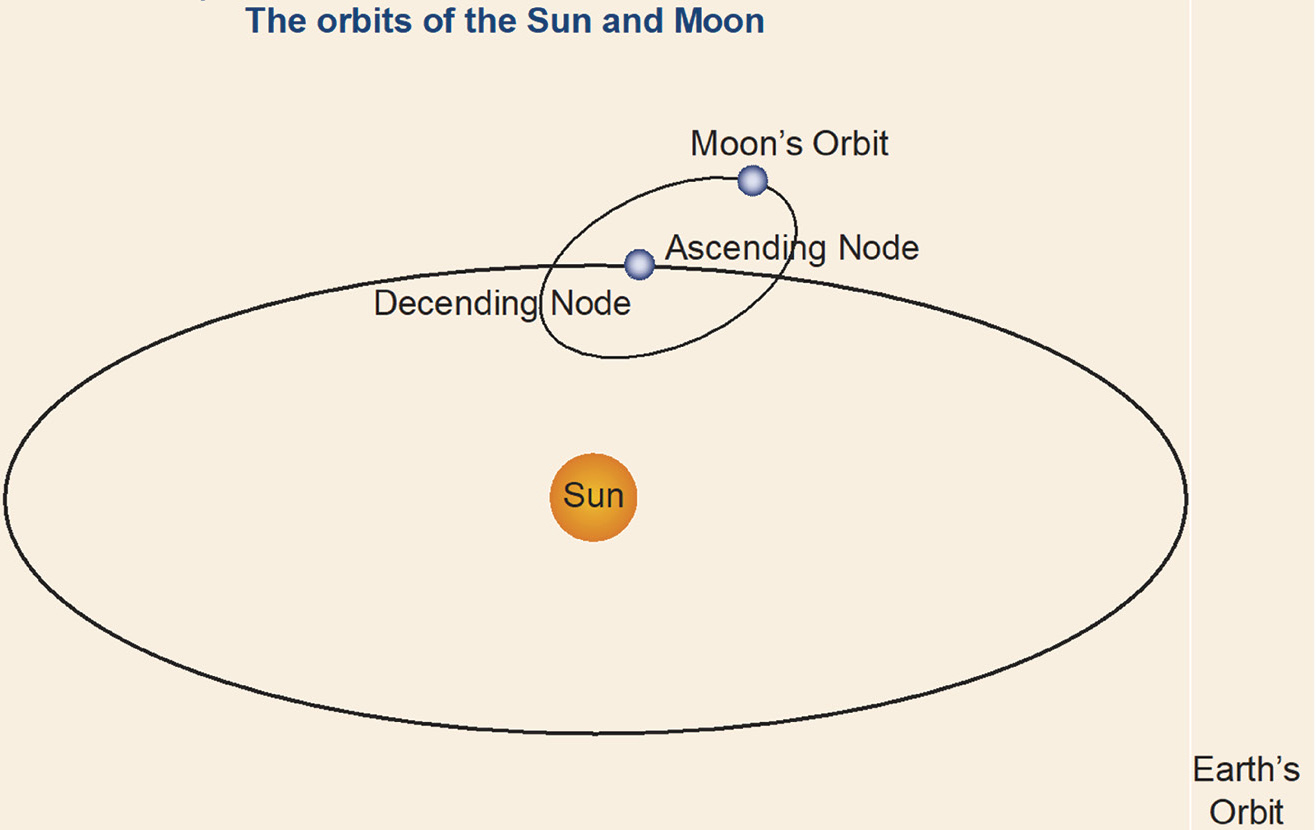scope on the skies
Star Struck!
Science Scope—July/August 2023 (Volume 46, Issue 6)
By Bob Riddle
A question asked about the number of stars in the universe has been answered in a way that allows one to imagine the magnitude of the count. One estimate claim is that there are more stars than grains of sand on all the beaches on our planet. Think about that, starting with our Milky Way Galaxy containing several hundreds of billions of stars. Add to that an estimated galaxy count also in the hundreds of billions. There may be many more times the number of stars than grains of sand on the Earth’s beaches. So, while the number of stars is beyond mind-boggling, the variety of stars is not. All stars are fusors or celestial objects with enough mass and internal pressures to allow for nuclear fusion of elements within the star’s core into other elements, all the while releasing energy.
Using our local star Sol as a reference (our Sun equals 1 solar mass), we know that stars may be bigger or smaller; some fuse more elements within their respective core; others have a longer or shorter “lifespan”—but the bottom line for a star is that at some point, their lifespan comes to an end. It’s been jokingly said “that a turtle is not a good idea as a pet because they live for hundreds of years, then they die on you!” We could say the same for a star except they “live” for hundreds of millions or billions of years, then they “die.” The ending of a star’s lifespan depends on the size and mass of the individual star. And the ending could be a very cataclysmic nova event, from the largest of stars to a smaller star going nova while shedding outer layers and ending with a sort of a slow cooling of the star’s remains.
Our Sun, like other relatively small stars, is destined to become a white dwarf star before a long cool down to a dimly glowing stellar object. White dwarf stars are the small, dense cores of former stars that have burned through all their nuclear fuel. These stars are held up by the intense pressure of their electrons, which resist the star’s inward gravitational pull. However, when a white dwarf reaches a certain mass, the electrons can no longer support the weight of the star and it collapses, triggering a supernova explosion.
Some white dwarfs orbit closely enough to another star such that the white dwarf star can gravitationally pull material from the companion star to accumulate on the surface of the white dwarf. At some point the mass of the white dwarf star reaches its limit or maximum mass. Beyond this mass a white dwarf star collapses under its own weight. This is known as the Chandrasekhar limit and is named after Indian astrophysicist Subrahmanyan Chandrasekhar, who discovered it in the 1930s (see Online Resources).
Some stars, known as fast-moving stars, are a result of a supernova involving a white dwarf star and its nearby companion. The white dwarf star is close enough to its companion to gravitationally draw material from the companion star onto the surface of the white dwarf, thus adding to its mass and an eventual supernova event. In some instances, the two stars revolve around a common center so rapidly that when the supernova occurs, some of the star stuff remaining from the supernova event is flung outwards at tremendous speeds, resulting in star-like objects that—based on years of observation data—are labeled as fast-moving stars. One example of this type of fast-moving star is LP 40-365, a low-mass white dwarf star that may just be the remnants of a supernova event. Its motion over a 40-year period is obvious in an animated graphic (see Online Resources) and also by comparing the images in this graphic, including showing the star’s position last year (see Figure 1).
A tale of four eclipses
So, while thinking about stars, how about Sol, our Sun. A lot could be said and written about stars, but one of the unique things about our relationship to the closest star is that our Moon and the Sun both appear to be about the same size in the sky. As we see the Moon throughout the year, its average apparent size of 0.52° varies by about 10%–14% from month to month. The Sun’s average apparent size of 0.53° varies very little during the year. When that close matching of apparent sizes is combined with the Earth’s orbital path relative to the Sun, the ecliptic, and the Moon’s orbital path relative to the Earth’s orbital path, either the Earth or Moon may align with the Sun to set the positions for an eclipse—lunar or solar.
Long story short, there will be two pairs of eclipses in the coming months, with three of the four eclipses visible across much of the United States. The eclipse pairs begin on Saturday October 14th with a partial solar eclipse known as an annular solar eclipse that will be visible across much of the continental United States. An annular solar eclipse occurs when at new phase the Earth-to-Moon distance is below average, meaning the apparent size of the Moon is noticeably smaller than that of the Sun. At mid-eclipse with the Moon centered on the Sun, there will be a “ring of fire” or annulus around the Moon (see Figure 2). Two weeks later, on October 28th, the full Moon will pass through the faint outer Penumbral shadow of the Moon for a partial lunar eclipse. This eclipse will not be visible across the United States, and it may not even be noticed in parts of the world where the Moon will be above the horizon. During a penumbral lunar eclipse, the Moon’s change in brightness is not very noticeable.

Fast-moving star LP 40-365. SOURCE: WIKIPEDIA, NICOLE RUEL.

Annular solar eclipse. SOURCE: https://www.nasa.gov/eclipsephotos
Then the following year, 2024, the second pair of eclipses will start with another penumbral lunar eclipse on March 25th that will occur while the full Moon will be above the horizon for viewers across the United States. However, with a penumbral lunar eclipse, the brightness of the Moon does not decrease enough for the eclipse to be easily noticed. Two weeks later, on April 8th, there will be another solar eclipse, this time a total solar eclipse, aka “The Great North American Eclipse,” that will be visible across parts of Mexico and the United States but favoring the eastern one-third of the continental United States (see Online Resources).
Eclipse dynamics
The Moon’s orbit around the Sun with the Earth brings it into position twice each month for an eclipse at new Moon and at full Moon. However, we do not have an eclipse pair each month, nor do we have an eclipse every two weeks. Despite being in between the Earth and Sun, or opposite the Earth from the Sun, the Moon’s orbit is not oriented equatorially, as many other planets’ moons are. Our Moon follows an orbit that is inclined, tilted between 5°–6° away from the plane of the Earth’s orbit, the ecliptic, around the Sun. And it is for this reason that we do not have an eclipse every two weeks at new, then full, Moon phases.
So how then do we have an eclipse? Because the Moon’s orbit is inclined with respect to the Earth’s orbit for approximately one-half of the lunar cycle, the Moon is above the plane of the Earth’s orbit for two weeks, and then below the plane for two weeks. The two points where the Moon crosses the plane of the Earth’s orbit are known as nodes, and because the Moon alternates between above and below the plane of the Earth’s orbit, one will be the ascending node while the other is the descending node. For an eclipse to occur, the Moon must be on or very close to a node at or very near to either a full or a new Moon phase (see Figure 3).

Graphic showing Earth and Moon orbits. SOURCE: author.
The nodes are not stationary but move counterclockwise (as viewed from above) around the Moon’s orbit. The motion of the nodes comes from the gravitational pull of the Sun trying to straighten out the orbit of the Moon, so that the orbital plane of the Moon is aligned with the plane of the Earth’s orbit.
The net result of this is that the Moon’s orbit wobbles slightly, causing the nodes to regress westward, making a complete circle in one nodical period of 27.21 days. Regression of the nodes is like the effect of precession of the poles on Earth, the effect that causes the constellations to shift westward relative to the ecliptic. It is this regression of the nodes, combined with the difference between the nodical period and the Moon’s sidereal month of 27.3 days, that causes the nodes to shift slightly west of their previous location. Regression of the nodes is cyclical, and the nodes return to the same location after approximately 18.61 years.
Regression of the nodes is similar in length to another cycle tied to eclipses, the Saros cycle. This is a period of 18 years and 10–11 days during which a particular eclipse, solar or lunar, repeats itself at roughly the same time of year, at the same nodal position and distance from Earth. And like the nodes, this position shifts and follows a longer cycle of approximately three Saros cycles (54 years and 34 days) and will have the same eclipse visible from the same part of the Earth. Check the NASA eclipse website for past and future dates for an eclipse. There may be an eclipse on your birthday that will repeat itself during your lifetime (see Online Resources)!
An occultation
Our Moon follows a reliable and predictable orbit relative to the Earth and the day and night skies forming the background beyond it. As a result, the Moon often passes by the stars and planets that are near the Moon’s orbital path. Sometimes the combination of the Moon and a bright planet or star, a conjunction, provides a striking appearance in the morning or evening skies. There are a few times during a month when the Moon’s orbital path has the Moon blocking our view of a celestial object as the Moon passes between our line of sight toward the celestial object. These occurrences are known as an occultation.
Depending on your longitude, there will be an opportunity to see an occultation of the reddish star Antares in Scorpius the Scorpion, by the waxing crescent Moon on the evening of August 24th. The occultation starts at around sunset local time and ends when Antares reappears on the west side of the Moon about an hour later. Viewing this occultation is very dependent on longitude, with this one favoring the western United States. At the NSTA offices in Arlington Virginia, for example, the occultation begins at 10:58 p.m. EDT with the Moon and Antares only about 8° above the horizon and ending with the pair setting. For comparison, in Kansas City, Missouri, the occultation begins at 9:20 p.m. CDT with the Moon and Antares 20° above the horizon and ending at 10:27 p.m. CDT with the pair about 13o above the horizon (see Online Resources).
For students
1. What is the Chandrasekhar limit, and how is this important to our understanding of stars?
2. What are the two requirements for an eclipse to occur?
3. During a total solar eclipse, which way does the Moon move relative to the Sun?
4. How can there be an annular solar eclipse rather than a total solar eclipse?
5. How would you convert from Coordinated Universal Time (UTC) to your local time?
ONLINE RESOURCES
Visible planets— https://www.nsta.org/sites/default/files/journal-articles/Scope_JulyAug_2023/sky_calendar.pdf
July/August Sky Calendar— https://www.nsta.org/sites/default/files/journal-articles/Scope_JulyAug_2023/sky_calendar.pdf
5 years of eclipse—https://go.nasa.gov/3WfEVDn
Chandrasekhar’s limit—www.space.com/chandrasekhar-limit
Eclipse: annular solar, 14 October 2023—https://bit.ly/3Ipisy5
Eclipse: partial lunar, 28 October 2023—https://bit.ly/3o77cj9
Eclipse: penumbral lunar, 25 March 2024—https://bit.ly/3ogkfP2
Eclipse: total solar, 8 April 2024—https://bit.ly/3oil2yX
Eclipses and Transits—www.nasa.gov/eclipse
Eclipse cycles—Science Scope, Scope on the Skies. Bob Riddle. November 2006.
Grains of sand—https://bit.ly/3MEuOF4
Great North American Eclipse April 8, 2024—eclipse2024.org/
Jhelioviewer—www.jhelioviewer.org/index.html
LP 40-365—en.wikipedia.org/wiki/LP_40-365
Lunar Eclipses and Solar Eclipses—spaceplace.nasa.gov/eclipses/en/
Lunar Eclipses: 2021–2030—https://go.nasa.gov/3OnEPYy
Lunar phases and eclipses—https://go.nasa.gov/3MCXAWF
Moon in Motion—moon.nasa.gov/moon-in-motion/eclipses/
NASA Eclipses and the Saros—https://go.nasa.gov/3Mh6gRh
NASA Solar System Exploration: Eclipses—solarsystem.nasa.gov/eclipses/home/
Occultation of Antares—https://bit.ly/42LOaO1
Solar and Heliospheric image visualization tool—helioviewer.ias.u-psud.fr/
Sunrise Sunset Calendars—www.sunrisesunset.com/USA/
What is a Solar Eclipse?—spaceplace.nasa.gov/eclipse-snap/en/
Bob Riddle (bob-riddle@currentsky.com) is a science educator in Lee’s Summit, Missouri. Visit his astronomy website at https://currentsky.com.
Astronomy Earth & Space Science


